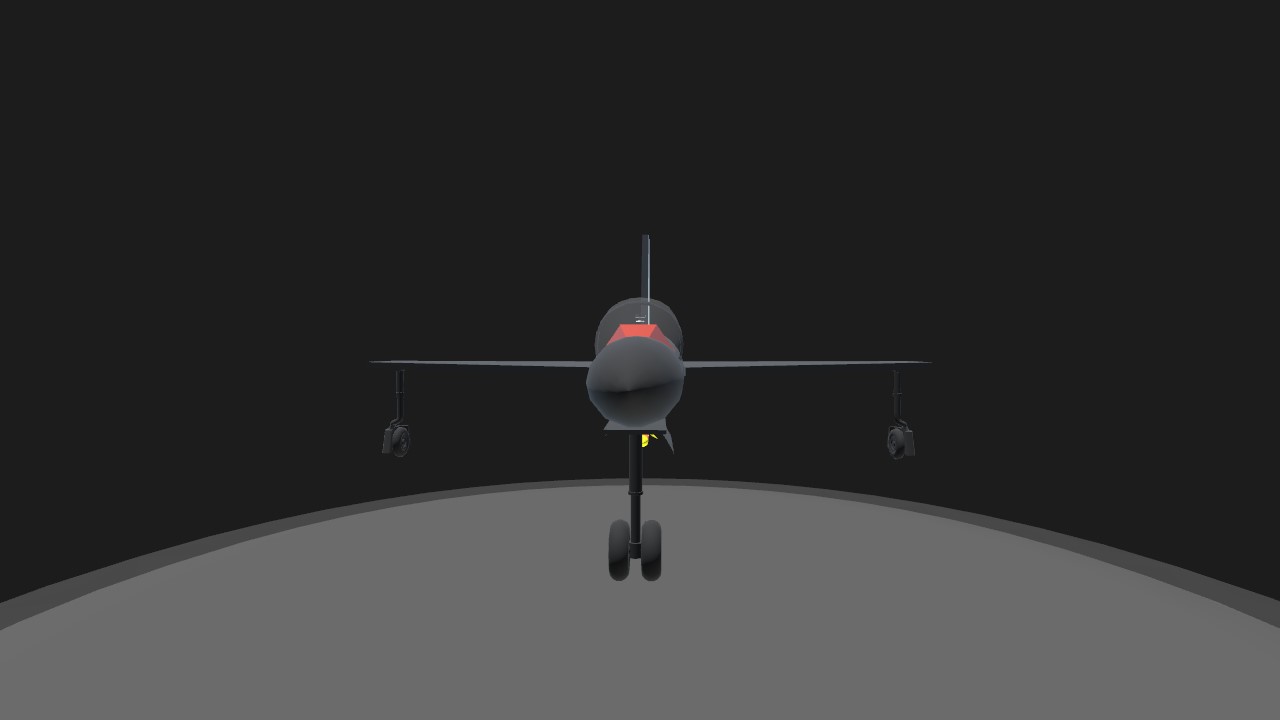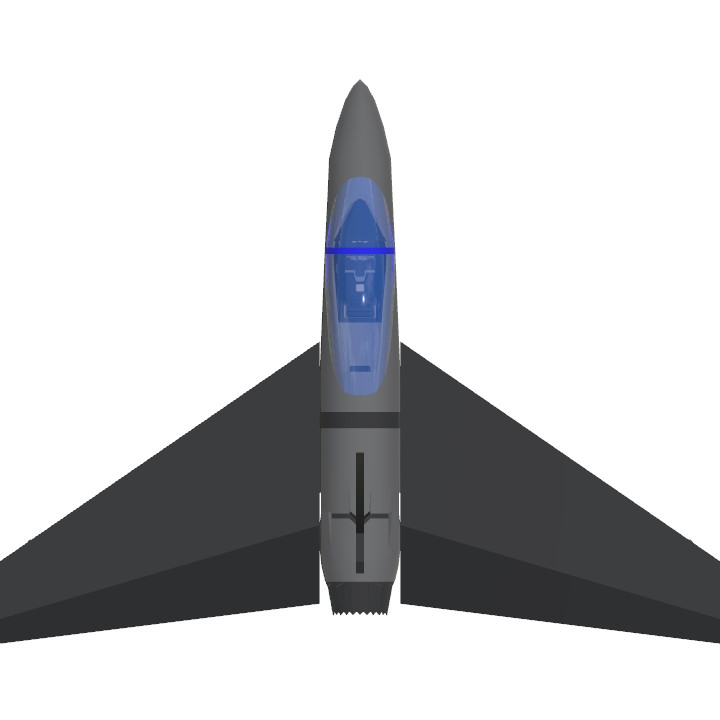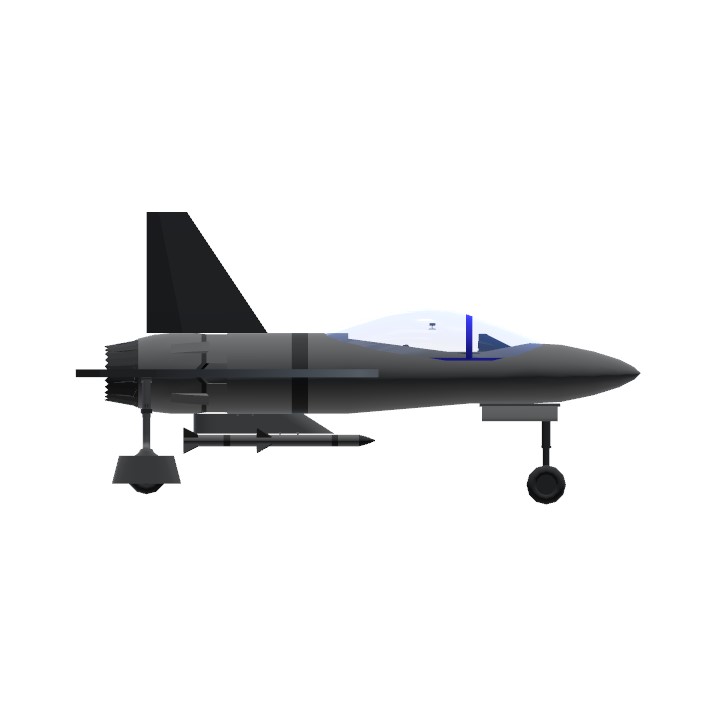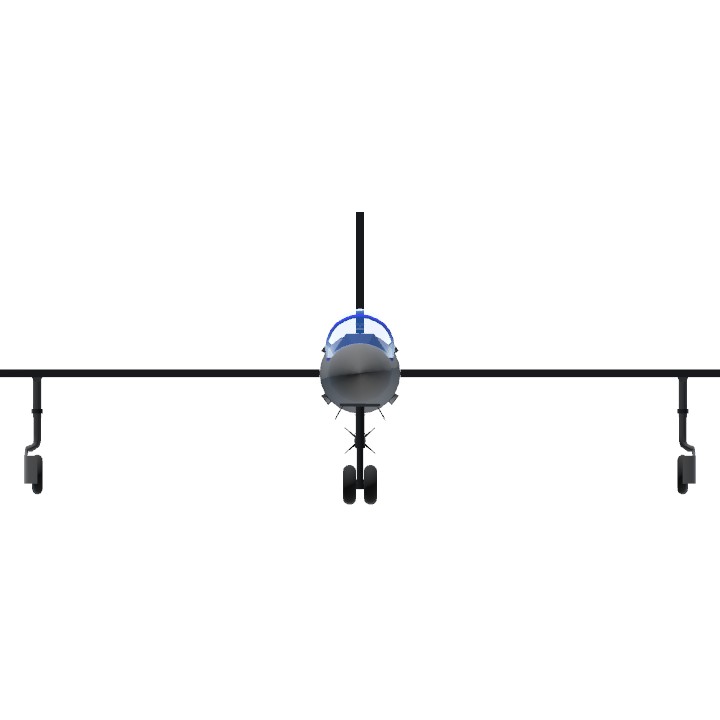In the final years of the Great War, Snowstone desperately sought an affordable and efficient aerial weapon for rapid strikes. The result was the PHEM-82 Komet, a fighter stripped down to its bare essentials: launch a single high-explosive missile and vanish into the chaos of battle. The Komet’s design was brutally pragmatic. Featuring a delta wing without canards, all maneuverability relied solely on pitch and roll controls integrated into the wing itself. There were no luxuries or advanced safety mechanisms—just a minimalist structure built for speed and destruction. The pilot’s mission was clear: fire the missile and hope for survival, though escape was rarely an option. A Solution Born of Desperation Snowstone’s war effort was draining its resources, and human losses became secondary to military strategy. Each Komet was cheaper to build than to train a pilot, turning them into disposable weapons. Squadrons of PHEM-82s swarmed the battlefield, overwhelming the enemy with waves of missiles. There was no expectation of return; pilots knew their role was to strike and embrace their fate. Modern historians debate whether the PHEM-82 was a desperate gamble or a ruthless display of military efficiency. One thing remains undeniable: for every Komet shot down, an enemy stronghold fell, marking Snowstone’s relentless advance.
Specifications
General Characteristics
- Created On Windows
- Wingspan 29.3ft (8.9m)
- Length 22.8ft (7.0m)
- Height 11.8ft (3.6m)
- Empty Weight 6,882lbs (3,122kg)
- Loaded Weight 9,749lbs (4,422kg)
Performance
- Power/Weight Ratio 3.457
- Wing Loading 49.0lbs/ft2 (239.0kg/m2)
- Wing Area 199.1ft2 (18.5m2)
- Drag Points 2031
Parts
- Number of Parts 25
- Control Surfaces 5
- Performance Cost 283




